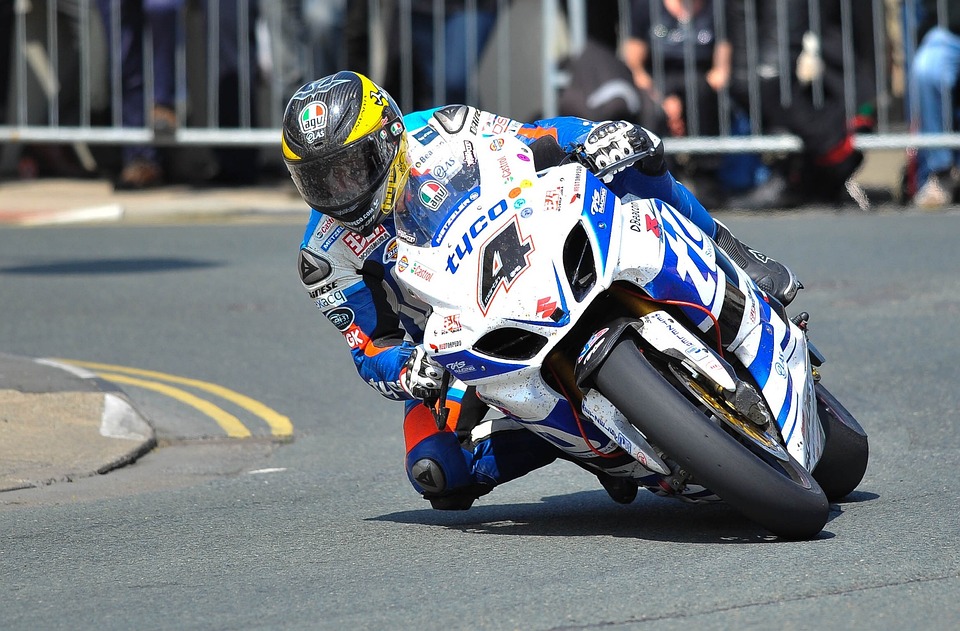Introduction
Are you an avid motorcyclist looking to embark on an unforgettable adventure? Look no further!
In this article, we will provide you with expert tips to fuel your wanderlust and ensure a perfect motorcycle vacation.
From planning your route to packing essentials, we have got you covered.
Choosing the Right Destination
The first step in planning your motorcycle vacation is selecting the perfect destination.
Consider factors such as weather conditions, road conditions, scenic routes, and the availability of motorcycle-friendly accommodation.
Whether you dream of tackling the winding roads of the Swiss Alps or cruising along the California coastline, choose a destination that aligns with your preferences and riding abilities.
Research and Plan Your Route
Once you have chosen your destination, it’s time to research and plan your route.
Utilize maps, online resources, and forums for fellow riders to identify the most scenic and thrilling roads.
Take into account the duration of your trip and ensure you have enough time to cover the desired route without rushing.
Plan for any necessary pit stops, fuel stations, and places of interest along the way.
Prepping Your Motorcycle
Before hitting the road, it is crucial to ensure your motorcycle is in prime condition.
Take your bike for a full inspection and servicing to address any potential mechanical issues.
Check the tires, brakes, lights, and fluid levels.
Additionally, pack a basic toolkit, spare parts, and a first aid kit in case of emergencies.
Being prepared will not only enhance your safety but also contribute to a worry-free vacation.
Packing Essentials
Proper packing is key to a comfortable and enjoyable motorcycle trip.
Pack lightweight, moisture-wicking clothing suitable for various weather conditions.
Layering is essential, as it allows you to adjust your outfit according to temperature changes.
Don’t forget to pack a waterproof riding jacket, sturdy riding boots, gloves, and a helmet with proper ventilation.
Carry a small backpack for essentials like water, snacks, and a camera to capture your incredible journey.
Safety First
Motorcycle vacations can be thrilling, but safety should always be a top priority.
Familiarize yourself with local traffic laws and regulations of the destinations you’ll be visiting.
Wear all the necessary safety gear, including a helmet, even if local laws don’t require it.
Practice defensive riding techniques and be aware of your surroundings at all times.
Stay hydrated, take regular breaks, and avoid riding during unfavorable weather conditions to minimize risks.
Immersing in Local Culture
One of the joys of motorcycle travel is immersing yourself in the local culture and experiencing the destination’s unique attractions.
Engage with locals, try regional cuisine, and explore landmarks off the beaten path.
Embrace the spirit of adventure and be open to unexpected discoveries as you traverse unfamiliar territories on your motorcycle.
Don’t forget to document your experiences and share them with fellow enthusiasts!
FAQs
Q: How can I ensure a comfortable long-distance ride?
A: Prioritize comfort by investing in a quality seat with sufficient padding and back support.
Adjust the handlebars and footpegs to a position that reduces strain on your body.
Take regular breaks to stretch, hydrate, and rest to avoid fatigue.
Q: What should I do in case of a breakdown?
A: Always carry your motorcycle’s manual and familiarize yourself with basic repairs.
If a breakdown occurs, find a safe spot off the road, assess the issue, and attempt to address it.
If unsuccessful, contact a local tow service or roadside assistance for professional help.
Q: Is it necessary to have travel insurance for a motorcycle vacation?
A: Yes, it is highly recommended to have travel insurance that includes motorcycle coverage.
In case of accidents, medical emergencies, or any unforeseen circumstances, travel insurance provides valuable financial protection and peace of mind.
Q: How can I manage riding fatigue during an extended trip?
A: Rotate your body position frequently, take breaks every couple of hours, and stay hydrated.
Avoid riding for long stretches without sufficient rest.
Consider using special ergonomic accessories like throttle lock or cramp buster to alleviate strain on your hands during prolonged rides.




